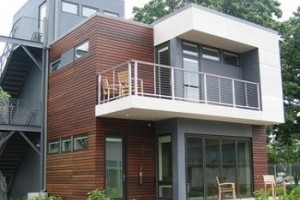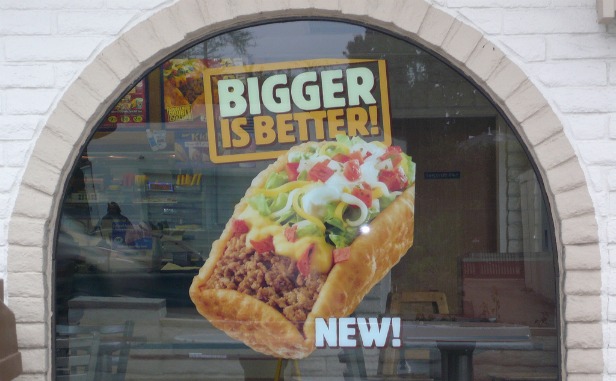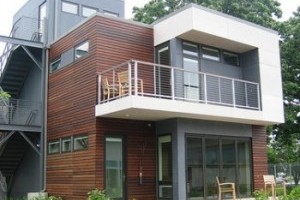 When we last checked in with prefab housing, it was reeling from the market crash, and green modular homes were turning into yet another thing you could only have if you were rich. But things are looking up, as USA Today reports a rise in popularity for prefab houses, which — in addition to being appealingly simple to snap together — range from “a little greener than a normal house” to “zero net energy,” and can incorporate all sorts of green building features. The modular revolution is back on track! Next I want swappable hairstyles like a LEGO minifig.
When we last checked in with prefab housing, it was reeling from the market crash, and green modular homes were turning into yet another thing you could only have if you were rich. But things are looking up, as USA Today reports a rise in popularity for prefab houses, which — in addition to being appealingly simple to snap together — range from “a little greener than a normal house” to “zero net energy,” and can incorporate all sorts of green building features. The modular revolution is back on track! Next I want swappable hairstyles like a LEGO minifig.
Small: Architecture and engineering students at Texas Tech University are trying out new ideas for sustainable building in a prefab house inspired by Thoreau’s cabin at Walden.
The colleges constructed a prefabricated dwelling as a model of sustainability and a laboratory to test and quantify sustainable architectural concepts. For example, the performance of solar panels will be tested and measured, and the data collected will be compared to the performance of competing products. In that way the prefabricated dwelling as a laboratory will produce data on sustainable components, materials, and water harvesting technology that will help future architects to make crucial and lucrative design decisions, and help them to envision how to retrofit existing homes with sustainable technology.
Medium: According to USA Today, mid-price, eco-friendly prefab houses are experiencing an uptick in interest, though the market’s still struggling.
[T]he weak economy has prompted many companies to focus on affordability, offering small and midsize homes (excluding land costs) for less than $300,000. Virginia-based Nationwide Homes has tiny Eco-Cottages that start at 250 square feet for $37,000, and Tennessee-based Clayton Homes sells a stylish, two-bedroom, 1,023-square-foot iHouse for about $100,000.
… Green prefabs are also becoming more energy efficient. Many, such as Blu Homes, meet the U.S. government’s Energy Star standard, which typically means they use at least 20% less energy than regular new homes.
Others go much further. Some earn the top rating from the private U.S. Green Building Council or qualify as “net zero,” which means they produce as much power annually — often via solar panels — as they consume.
Trenta: As we reported in March, the modular McMansion is kind of hot right now.
It’s true that even pre-fab XXL can contain green features, like geothermal heat pumps and pre-cut walls that defend against mold and mildew.
Yet their very size precludes these homes from being truly green; it’s just plain environmentally unfriendly to build a home with 10 times as much living space as actually needed. That sentiment recently bubbled to a boil in Berkeley, where a software mogul is building a 10,000-square-foot mansion that is classified as green by the city’s standards; they measure things like water use and building materials for the designation, not size.”



